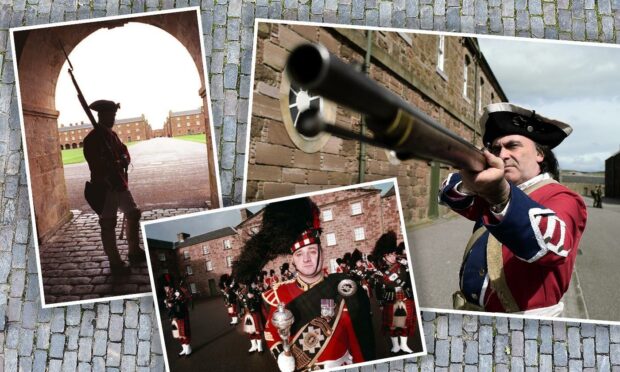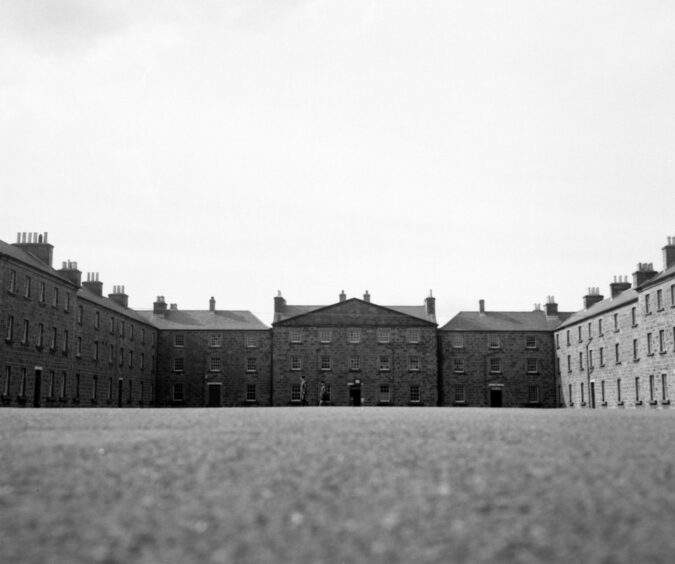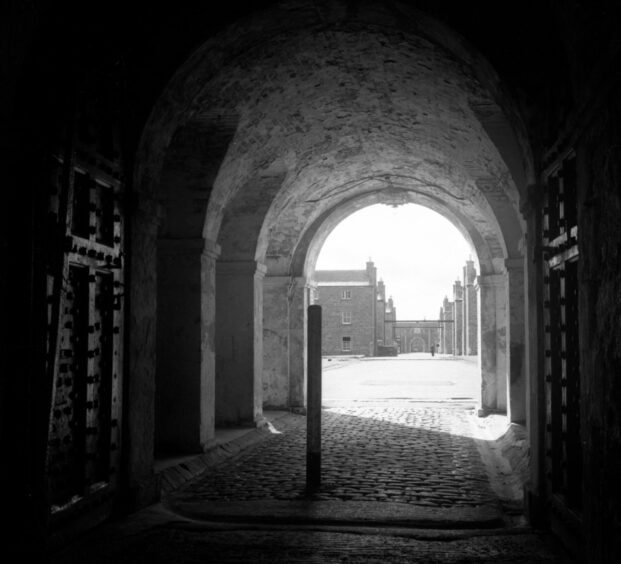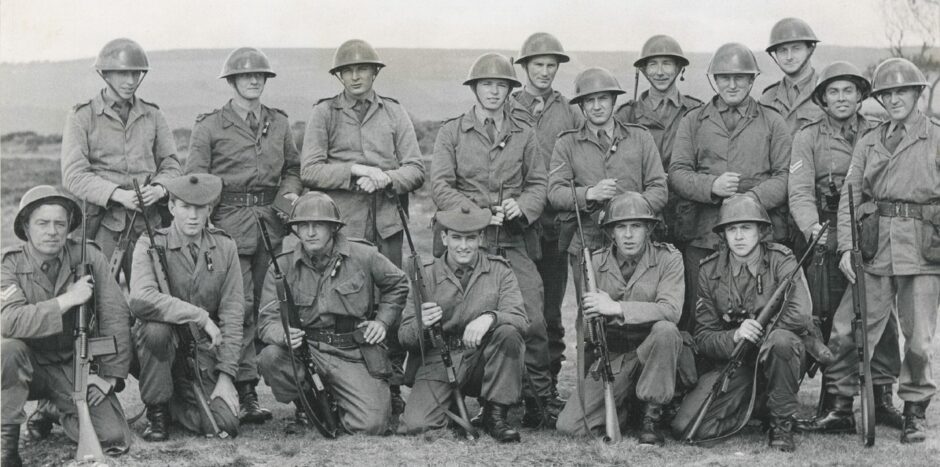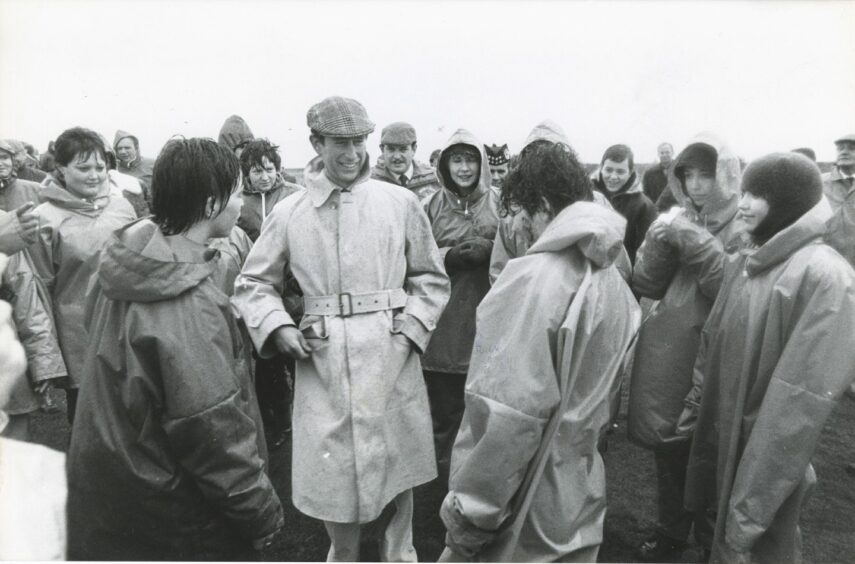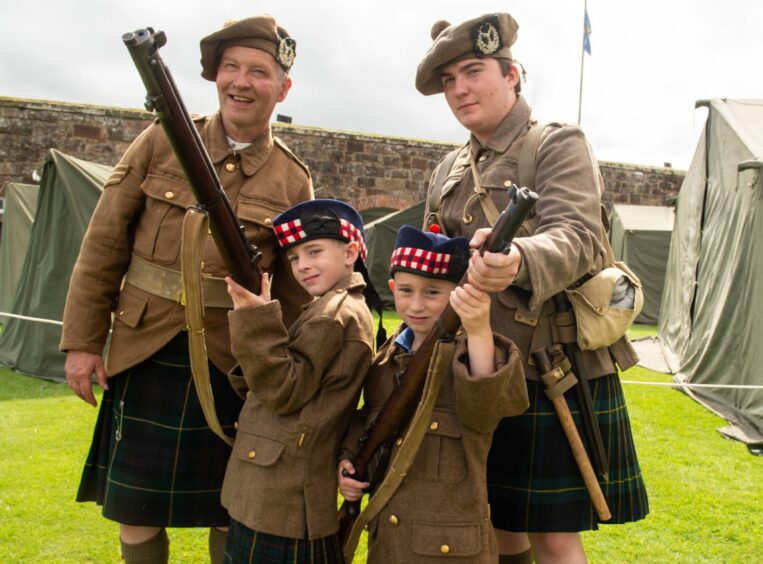Supporters of the Fort George army base at Ardersier are weary.
Tired of hearing the base will be closed in 2032.
Tired of hearing the closure will be brought forward, sooner and ever sooner.
Tired of fruitlessly fighting to preserve the stunning complex as a military base.
Now there are yet more rumours that the Army wants to speed up plans to close Fort George, with private MOD memos speculating it could be split up into a hotel and serviced apartments.
Quite apart from its economic loss to the community, it seems wrong to many that Fort George shouldn’t retain its military connections.
Despite its martial intent, the base has never seen a shot fired in anger.
It was built between 1746 and 1769 as the main garrison fortress in the north after the battle of Culloden by a government determined to keep Jacobite ambition in check.
It’s been in continuous use as a garrison ever since.
Lieutenant-General William Skinner , the King’s military engineer for North Britain, was the designer, and the garrison’s first governor.
Fort George was a massive undertaking.
The classical building designers, John, Robert and James Adam were the contractors, overseeing around 1,000 soldiers who provided the labour, also defending the site from attack.
It ran massively over budget, costing and astronomical £200,000, against the original budget of £92,673.
Today Historic Scotland occupies part of the site and reckons it would cost around £1bn now to build and equip.
During World War Two in late 1943 to mid 1944, while training and rehearsals for the Normandy landings took place in the Moray Firth area, a combined naval and military HQ, including the headquarters of the 3rd Division, was based in Cameron Barracks while the troops of the 3rd Division occupied Fort George.
The garrison was home to the Seaforth Highlanders from 1881 to 1961, when they amalgamated with the Queen’s Own Cameron Highlanders to form The Queen’s Own Highlanders (Seaforth and Camerons).
The new regiment formed at Redford Barracks in Edinburgh, but had its depot in Fort George.
Twelve years later, the regiment became The Highlanders, 4th Battalion, Royal Regiment of Scotland (4 SCOTS) with no more links to the garrison.
Even then questions were being asked about the fort’s future.
In 2007 Fort George became home to the 500-strong Black Watch battalion, with single servicemen and women staying in the fort, and married personnel in the Wimberley Way barracks in Inverness.
Four years later there was speculation that the Black Watch would be moved out of Fort George to Arbroath’s RM Condor.
The MOD rebuffed the speculation at that time, but in 2016, it confirmed the closure of of Fort George by 2032 as part of £1 billion spending cuts.
This prompted a backlash from Hollywood star Hugh Grant, who said he was “horrified” by plans to shut down the base where his grandfather served as commander.
Colonel James Murray Grant, was from Inverness and was depot commander at Fort George after World War II, while his father Captain James Murray Grant was also a Seaforth Highlander.
But it seems not even Hollywood royalty has been able to turn back the tide of determination to take soldiers out of the finest example of 18th century military engineering anywhere in the British Isles.
